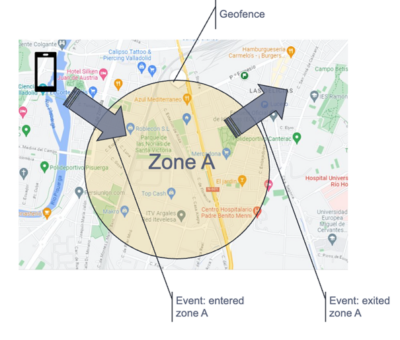...
The API [API Name], provides [brief description of the API's functionality].
With this API, developers can [describe the key functionalities and data provided], offering insights based on [key metrics or parameters].
These estimations/data points are derived from [data sources], ensuring accuracy while maintaining privacy and security.
Use Cases
[Use Case 1] – [Short description of how the API supports this use case]
[Use Case 2] – [Short description of how the API supports this use case]
[Use Case 3] – [Short description of how the API supports this use case]
…
Benefits
[Benefit 1]: [Short explanation of how the API provides this benefit]
[Benefit 2]: [Short explanation of how the API provides this benefit]
[Benefit 3]: [Short explanation of how the API provides this benefit]
…
Additional Information
Sub Project Wiki: [Link]
API Wiki: [Link]
API Repository: [Link]
API Repository Status: [Status]
API Status: [Status]
API Version(s) and Release Date(s):
v[X.X.X] – [DD/MM/YY] - [Link]
v[X.X.X] – [DD/MM/YY] - [Link]
v[X.X.X] – [DD/MM/YY] - [Link]
Please provide the versions included in meta releases. For initial APIs please provide an initial version if already available.
| Note |
|---|
Disclaimer: Remove this information once the API description has been completed. This information only serves as an example. |
Example
API Description
The API Population Density Data, provides population density estimations for a specified area and time interval.
With this API, developers can retrieve population density data per km², offering insights at different time intervals based on three key values: (1) Minimum Population, (2) Average Population, and (3) Maximum Population.
These estimations are derived from anonymized historical data of network-connected devices in the requested area, ensuring accuracy while maintaining privacy.
Use Cases
Drones – Compliance with Regulations: Provides population density data for SORA assessments, ensuring compliance with European regulations and improving accuracy in risk assessments.
Drones – Optimizing Flight Routes: Helps drone operators select safer routes by identifying high-risk zones and optimal flight times.
Data-Driven Marketing: Enables marketing teams to target populated areas effectively, maximizing campaign impact and conversion rates.
Effective Emergency Responses: Supports authorities in assessing emergency severity and allocating resources based on population density.
Benefits
Regulatory Compliance: Facilitates adherence to European drone regulations with dynamic population data, ensuring accurate risk assessments and smoother approval processes for flight authorizations.
Safety Optimization: Drone operators can optimize flight routes by considering the number of people and time, while also assessing whether ground risk is acceptable for the time of the flight or if an alternative time should be considered to lower the risk.
Higher Marketing Efficiency: Enhances campaign effectiveness by targeting high-density areas, allowing marketing companies to optimize resource allocation and improve outreach impact.
Improved Crisis Management: Facilitates faster and more informed emergency responses, enhancing efficiency and mitigating the impact of disasters.
Additional Information
...
Sub Project Wiki: PopulationDensityData
...
...
API Repository: https://github.com/camaraproject/PopulationDensityData/
...
...
...
